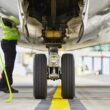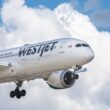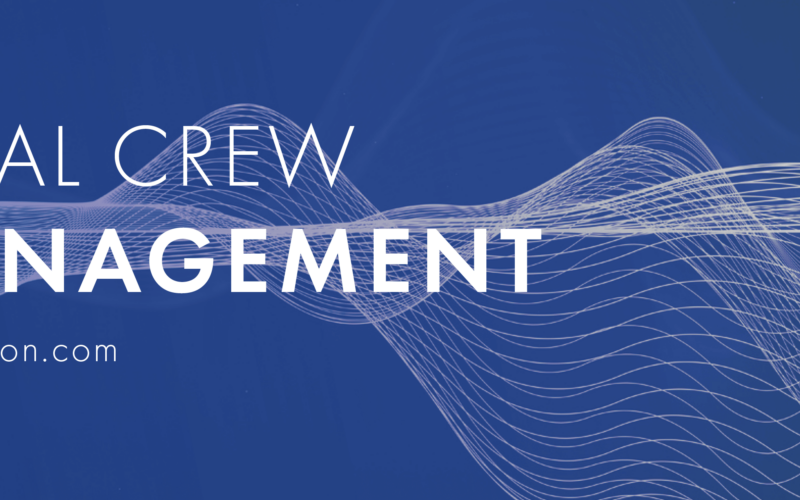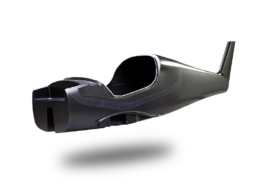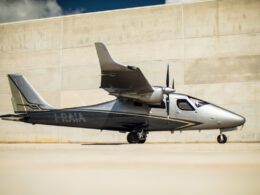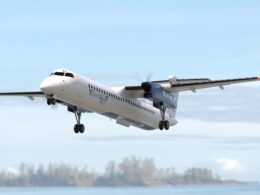What truly makes an airline? Airplanes? Brand name? Technology? In fact, it’s all about people. Pilots who take you safely from A to B. Cabin crew who provide you with service and comfort along the way. And the management, who ensures a functioning organisation. People are the most valuable asset in international aviation, and qualified people are becoming a scarce resource in our industry.
Forecasts show that air traffic demand will require more than 600.000 new pilots and 800.000 new cabin crew on a global basis over the next 15 years. In Asia, the need for new pilots over the next two decades amounts to approximately a quarter of a million. At the same time, more and more of today’s air crew personnel are reaching retirement. For that reason, it is crucial to attract new talented people to our industry, and even more importantly, ensure an efficient allocation of the global workforce in international aviation.
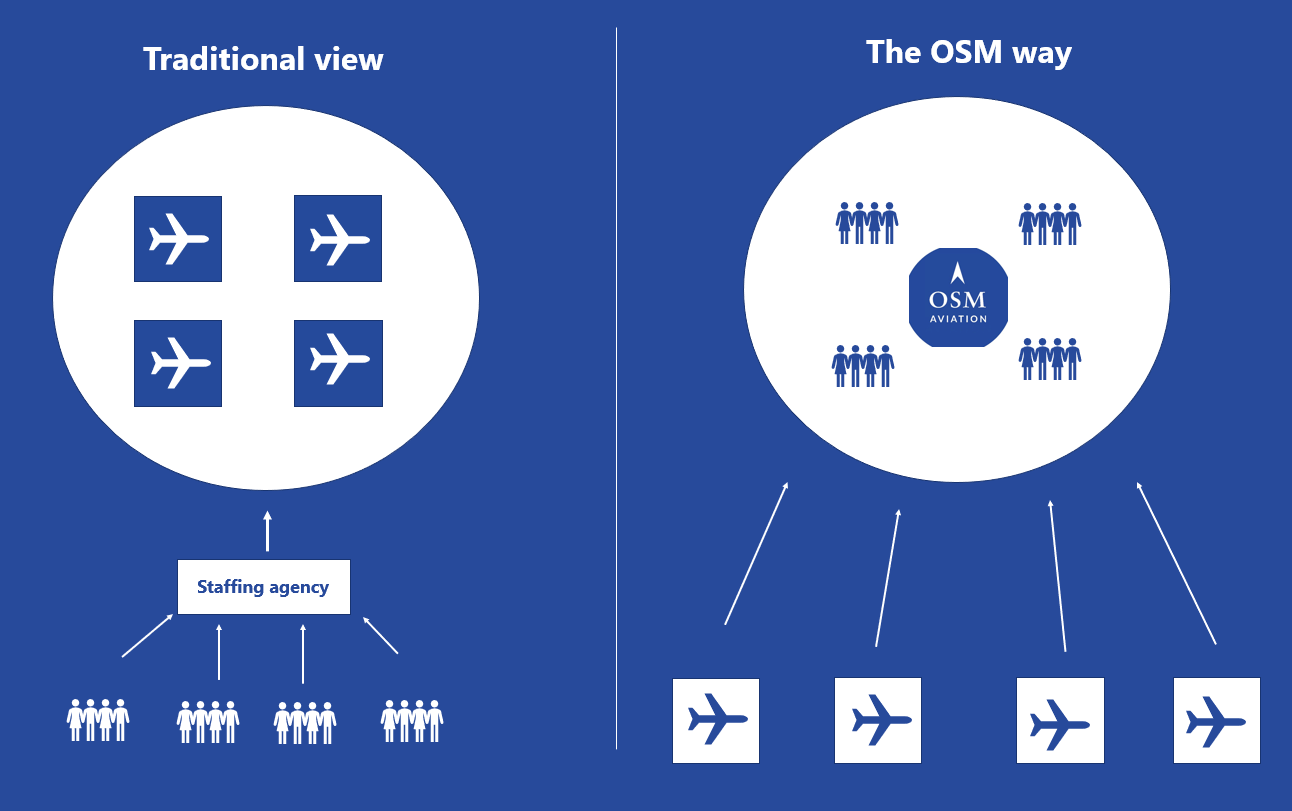
Most people growing up today are faced with endless possibilities in terms of education and career opportunities, leading to a “war for talents” between industries. To win this battle, our industry needs to position itself accordingly and be associated with competitive conditions, job security, flexibility and pride.
More specifically, we need to recreate the dream of flying and place people in the centre of our business models. If we succeed in doing this, and secure an efficient allocation of the global workforce, the future of our industry looks bright. Especially for those who dare to change.
The lucrative pilot image Steven Spielberg successfully illustrated in the 2002 hit movie “Catch Me If You Can” unfortunately does not correspond with that of today’s society. With more inflexible scheduling, short-term contracts, long work hours and relative declining salary levels, much of the glamour of the 60’s 70’s and 80’s has diminished. If we wish to attract talents to our industry, we need to reinvigorate the status of a career in the sky, offering tailored and affordable pilot educations in combination with employment security, competitive wages and a full and complete career path. We need to accentuate female role models to dissolve the old-fashioned pilot stereotypes and motivate women to choose what currently is a male dominant profession. And we need to make it possible for talents to work where they feel at home.
Attracting new talents is, however, only half of the challenge we face. Airlines’ ability to allocate their capacity and utilize their workforce efficiently is key to maintaining momentum in the market and outpace competition. Air traffic demand, as well as the accessibility of qualified personnel, varies across the globe. The industry has paradoxically been very locally organized as airlines mainly operate out of their “home market” to their respective destinations. Seeking additional flexibility by a more global approach represents a huge competitive advantage in terms of access to sufficient competent personnel. Opening bases outside of “home markets” without the proper infrastructure and local expertise may, however, prove quite difficult, as several airlines that have explored this opportunity have experienced. Each country has its own culture, legislation, regulation and conditions one must comply with and adapt to. Attaining an overview over these factors and meeting these requirements can be a costly and time-consuming process. For many airlines, this is a barrier that prevents them from entering profitable markets and potentially limits their chances of attracting and retaining crew.
In OSM Aviation we have developed and introduced a new business model on how to attract, train and manage aircrew personnel. OSM Aviation is now the leading aviation management company with approximately 6000 employees permanently employed with OSM Aviation and working for our customers in 18 countries worldwide. With OSM Aviation, airlines can reverse their routes and set up bases where the human resources are available and where air crew want to work, both securing their soaring demand for qualified crew and increasing their flexibility to support business growth outside their home market by effectively leveraging on our global infrastructure and local presence.
By placing the most important resource in the centre of our business model, we go from providing airlines with employees to providing our employees with airlines.
After all, it’s all about people.


